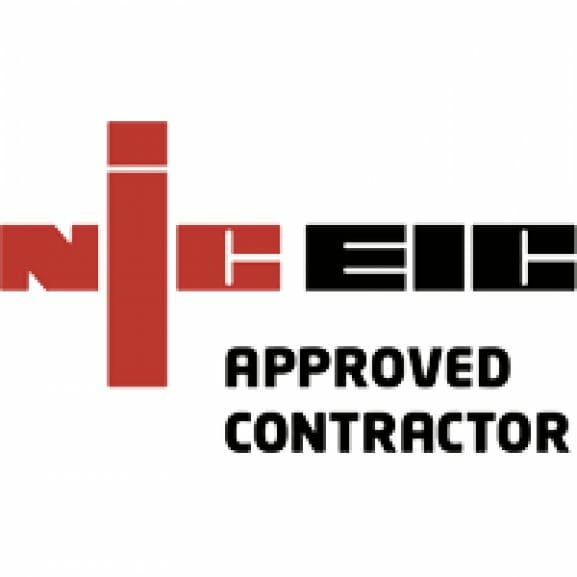Since the Part L Uplift to the new Building Regulations will change both the internal and external components of new build homes, the next 10-11 months will be a critical time for housebuilders.
They’ll need to conduct extensive design work to determine whether solar is feasible and fit-able on the roof elevations of new plots, implement a phased approach to begin installations as soon as possible, and begin early discussions with Grid operators to ensure new sites coming on stream in 2022 have the additional loads factored into their network and substation calculations.
Providing both the design and installation processes are started early enough, and that solar PV partners are engaged well in advance, the vast majority of new build homes can fit the required systems on their roof elevations to meet Part L standards.
Yet there may be challenges on the horizon for those who delay.
Right now, just 10% of the 180,000 new homes built in England each year have solar PV installed to meet local-level planning conditions. When Part L Regulations come into force, it’s broadly anticipated that this figure will jump to 80%.
If the supply chain is allowed to scale up sensibly with a gradual increase between 2022 and 2024, this jump is achievable. But if developers try to push back the impact of the regulations by lodging their applications and commencing footings before July 2022 to minimise the number of plots affected, it could potentially create a significant peak in late 2023 to 2024.
This peak could spark a nationwide bottleneck, not only in the supply of materials but also in terms of the skills available to meet demand, and the Grid’s capacity for connections and additional loads.
It would effectively create a huge upwards ‘cliff’ that will cause a relatively small industry to scale by eight times in a very short period of time, forcing installers to scale from around 1,500 installations per month to over 12,000.
There are also potential challenges ahead with the District Network Operators (DNOs) who will have a say in whether this considerable load generation will be allowed to be connected to their infrastructure, since it may require them to incur significant upgrade costs.
Therefore, it’s critical that housebuilders engage with their chosen installer as early as possible to plan, design, cost, forecast and install their chosen technology to meet the obligations ahead and ensure there are no nasty surprises when the time comes for implementation.
As the leading solar installation specialist for housebuilders, Eco2Solar have been supporting eight of the top 10 volume developers to help them get ready for Part L. Working in partnership with their sustainability consultants, we’re able to identify their house types to assess how feasible PV is on the roof elevations, and propose solutions to any challenges they might encounter.
Getting this process done early means we have the leeway needed to tweak designs, move obstructions and identify the panel outputs, volume and plot numbers that will be affected to ensure they’ll have continuity of supply as things ramp up.
By engaging with Eco2Solar early enough, housebuilders will have a smoother transition, get access to innovative products available through our partnership with Eon, and have a full set of house types designed, costed and forecast to ensure we can deliver the numbers required in the years ahead.
Speak to our Sales Team today to find out more and start getting Part L ready.






